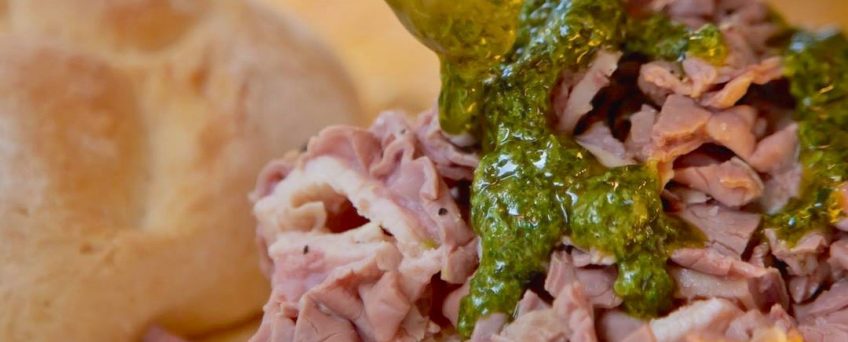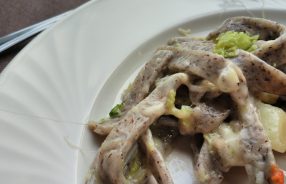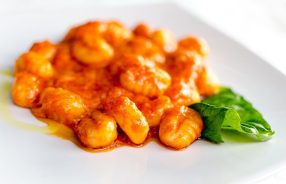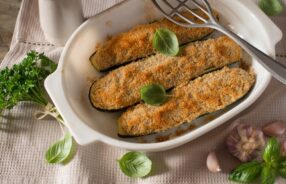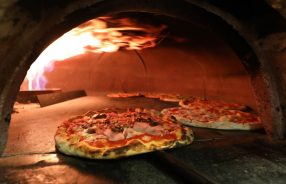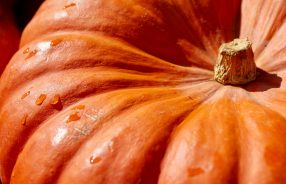Lampredotto, the Street Food of Tuscan Cooking
Lampredotto is a dish which arouses different reactions in those who taste it. Either you hate it or you love it. Today it can be found in roadside stands, in food trucks, in food markets, but it is also having a new life in restaurants, thanks to the rediscovery of traditional Tuscan dishes.
Its etymology has a rather curious history. Lamprey was the fish of the nobility, the dish that only the wealthiest class could afford, very common along the course of the Arno river. Partly as a joke, partly as a game, the Florentines decided to find a cheaper alternative, but tasty as well. Thus was born lampredotto, the fourth stomach of the cow, more technically known as abomasum.
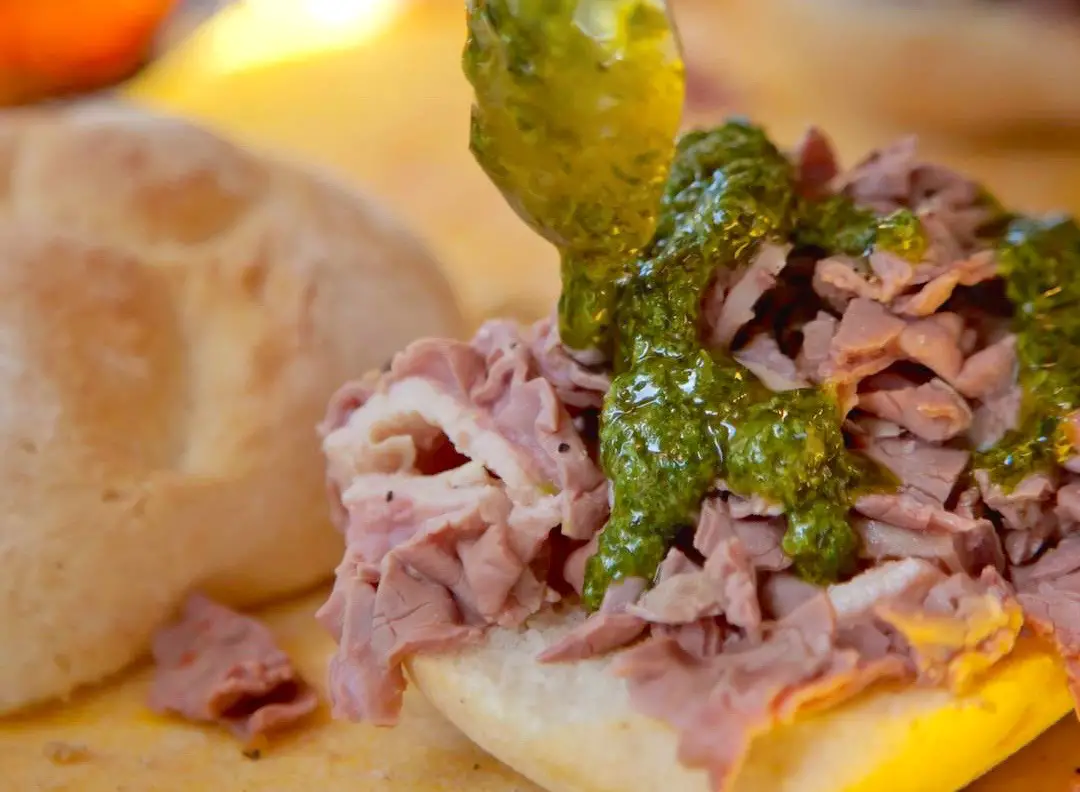
Lampredotto and sauces, the perfect accompaniment
Lampredotto is slowly cooked in a broth made of tomato, onion, parsley and celery. Traditionally it is served in a sandwich with sauces, but it is also customary to eat it plain, simply boiled and seasoned with a pinch of salt and pepper. The bread which will contain it is the classic Tuscan salted bread: semelle. It is customary to dip the top part in the broth, in order to give flavor and softness. The accompanying sauce can be green with parsley or red, tending to be spicy.
Tripe and lampredotto: food against hunger
Since ever, in history, tripe, lampredotto and ribollita have been associated to the anti starvation food of the poorer classes. They were the scraps obtained from the sale of the valuable parts to the nobility. They were cheap proteins, which were flavored with other products they had available in their gardens. Today you can find banquets that next to the classic goods, choose the place of honor for these two products, raw to be cooked in their homes or ready to be eaten as street food. Inside large pots boil these two ingredients that from poor have become valuable.
A product long forgotten, but today back in the limelight thanks to the great chefs who use it in the filling of fresh pasta ravioli, or as a condiment for tasty first courses. The beauty of Italian cooking lies in its versatility: everything can have a second life simply by adjusting the cooking and the ingredients, because no one is denied a second chance.

